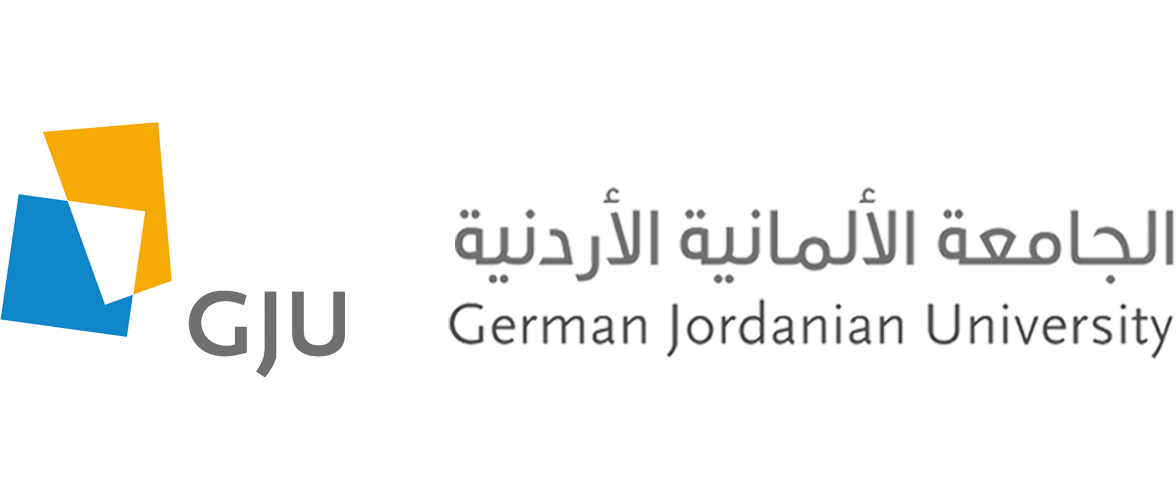Amman- April 12 , 2106
 “Despite the low annual rainfall in Petra, it adds up to around 9 million cubic meter fall on Petra annually” Prof. Dr. Abu Jaber said in his lecture at the German Protestant Institute of Archaeology.
“Despite the low annual rainfall in Petra, it adds up to around 9 million cubic meter fall on Petra annually” Prof. Dr. Abu Jaber said in his lecture at the German Protestant Institute of Archaeology.
The Nabataeans managed to create a whole sophisticated system to capture and use this water, he added “Everyone is aware about the Nabataean complex system of dams, cisterns and canals, yet little thought has been given to the terrace systems created to make use of the torrents”
The Center for the study of Natural and Cultural Heritage at the German Jordanian University has compiled a team to study the geo-archaeological aspects of the terraces. The project is sponsored by the European Union Support to Research, Technological Development and Innovation in Jordan (SRTD-II), for a year, and is being conducted in close cooperation with Petra Development and Tourism Authority.
The team includes members from Yarmouk University, the German Protestant Institute of Archaeology and the German Jordanian University, and has conducted several experiments at the Petra region to better understand the relation between runoff and infiltration, in order to assess the effectiveness of terracing for water management and flood control. These have clearly shown that terracing reduces runoff and enhances soil maturity and moisture retention.
Catreena Hamarneh, from the German Protestant Institute of Archaeology, explained that “A terrace is an artificial construction or leveling of the land surface into a horizontal bed”. Surveys have shown the various types of terraces were created as silt traps. The moisture accumulation was enough to grow legumes, wheat and barley. The complex construction of the terrace walls has managed to pass the test of time, for they worked as membranes that managed to withstand the swelling of the clay in the soil, minimize salinization and get rid of water excess, something modern terraces lack.
Pottery fragments collected during the study give strong impression that this system might have been developed by the Nabataeans from their Edomite ancestors and continued to be in use during the Roman and Byzantine periods.
Is there a future in the Past? Prof. Dr. Abu Jaber answer was affirmative, “This research aims to encourage the local community to restore these terraces and use them not only to revive the agriculture of the area, but also to help protect Petra from the flow of torrent and silt that once buried much of the old city to oblivion.
It is worth to add that this lecture comes within the series of lectures organized jointly between the German Protestant Institute of Archaeology and the German Archaeological Institute, and is dedicated this year to Petra and its surroundings.







